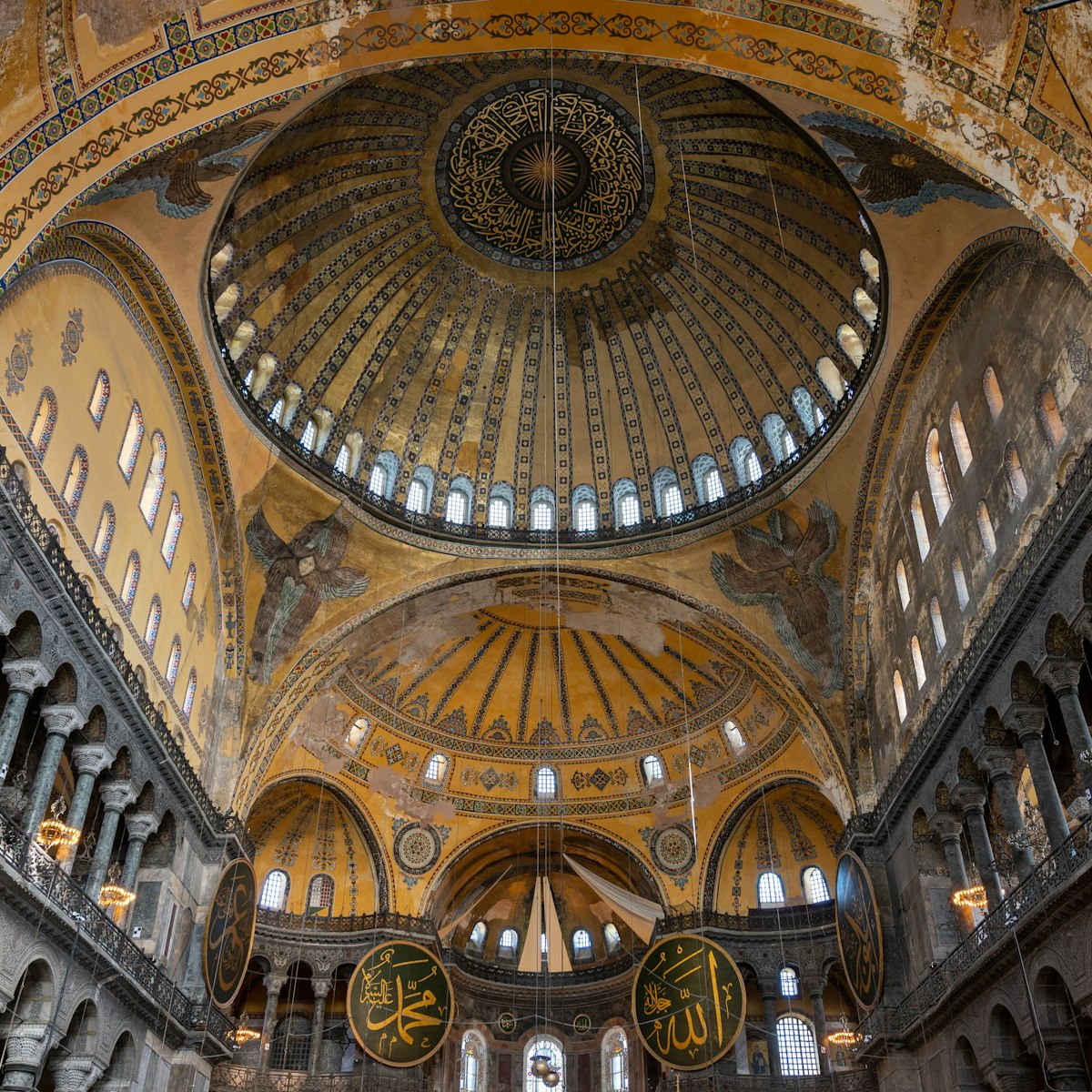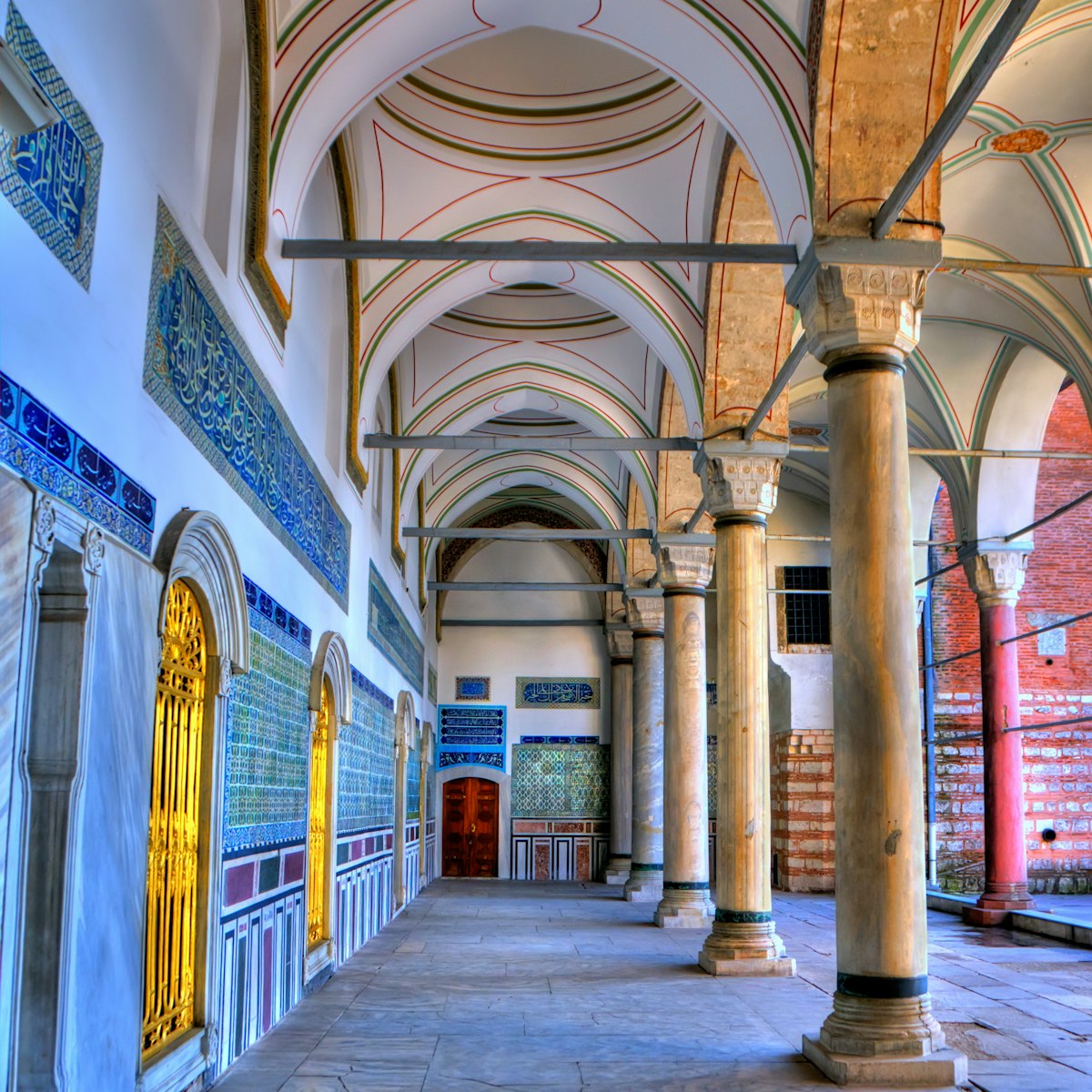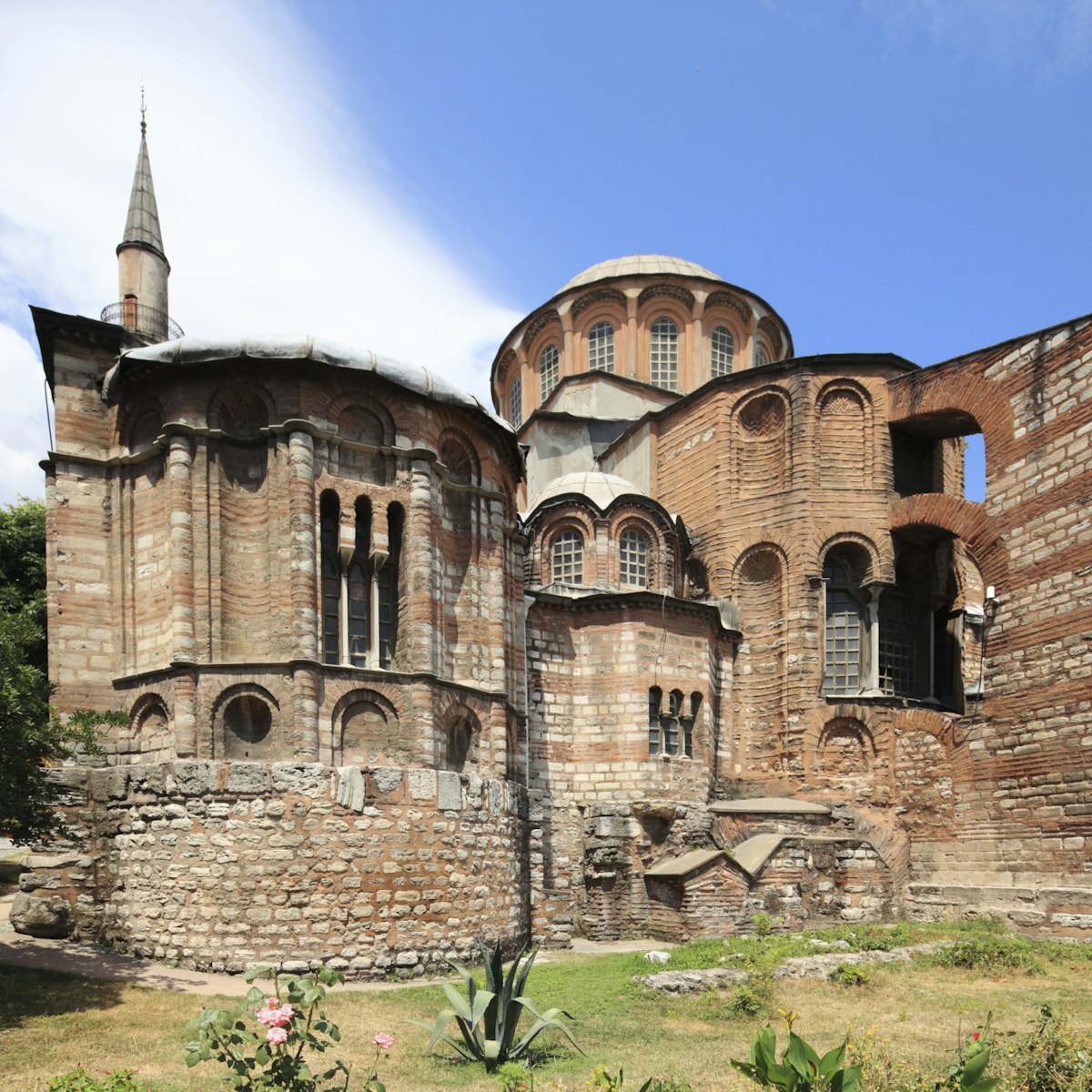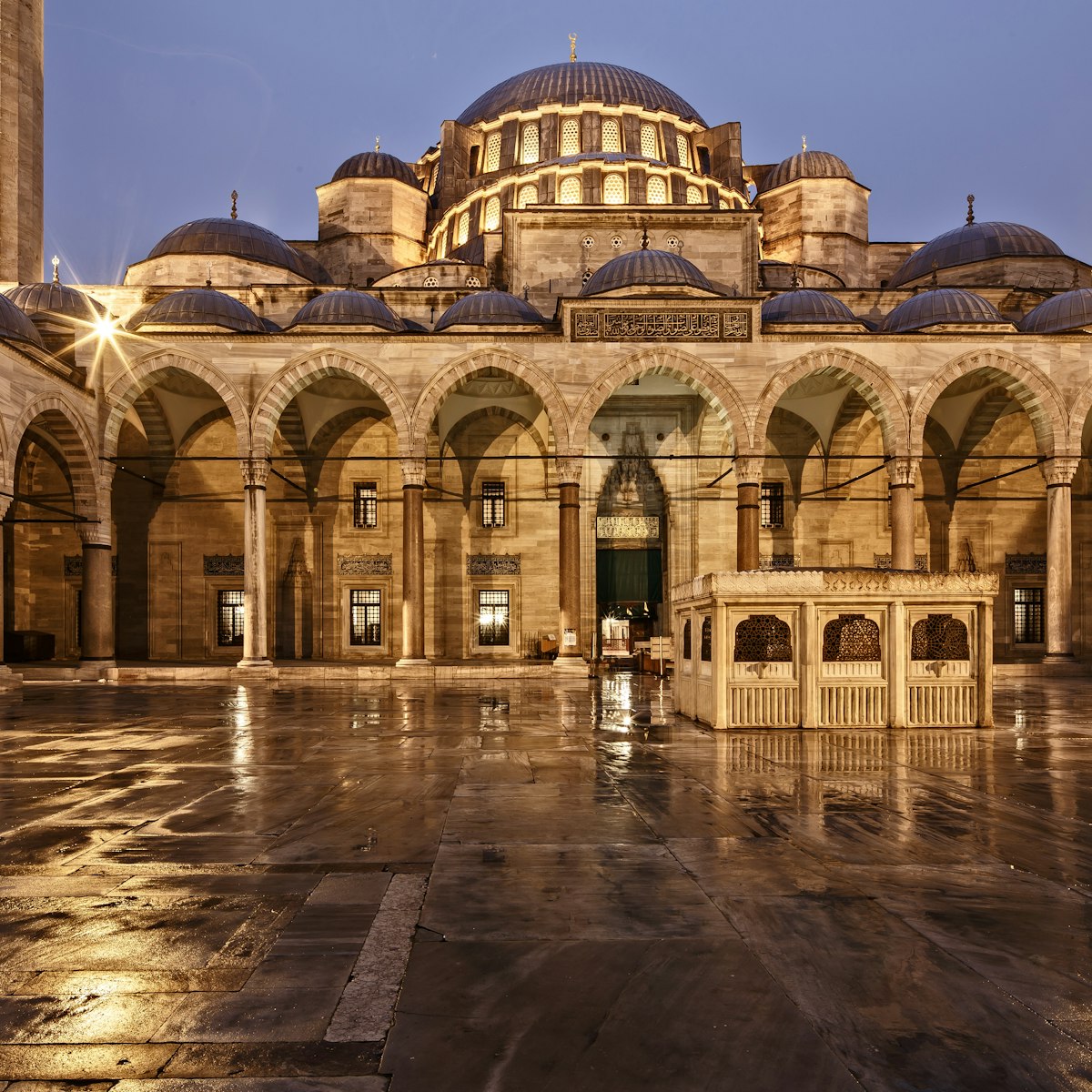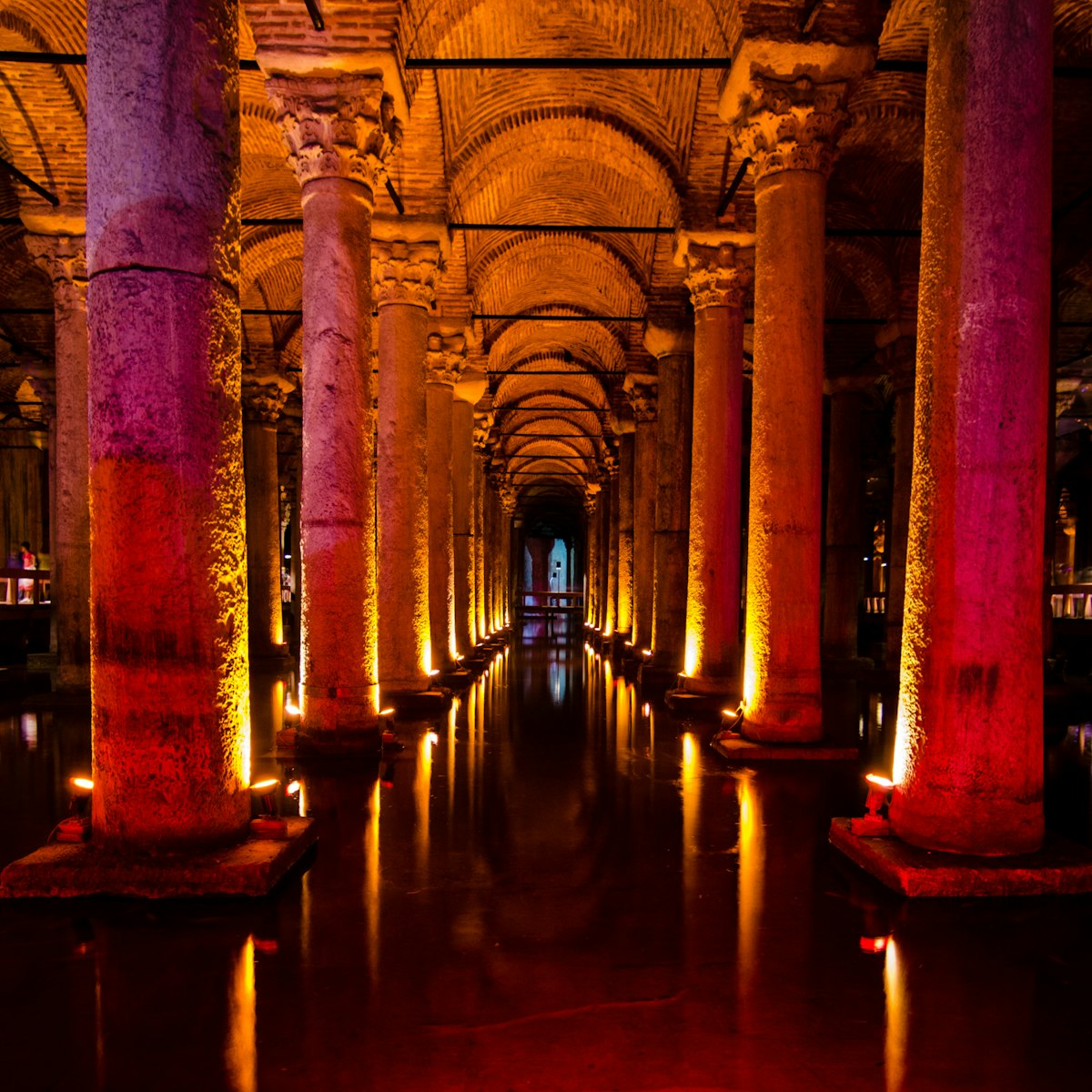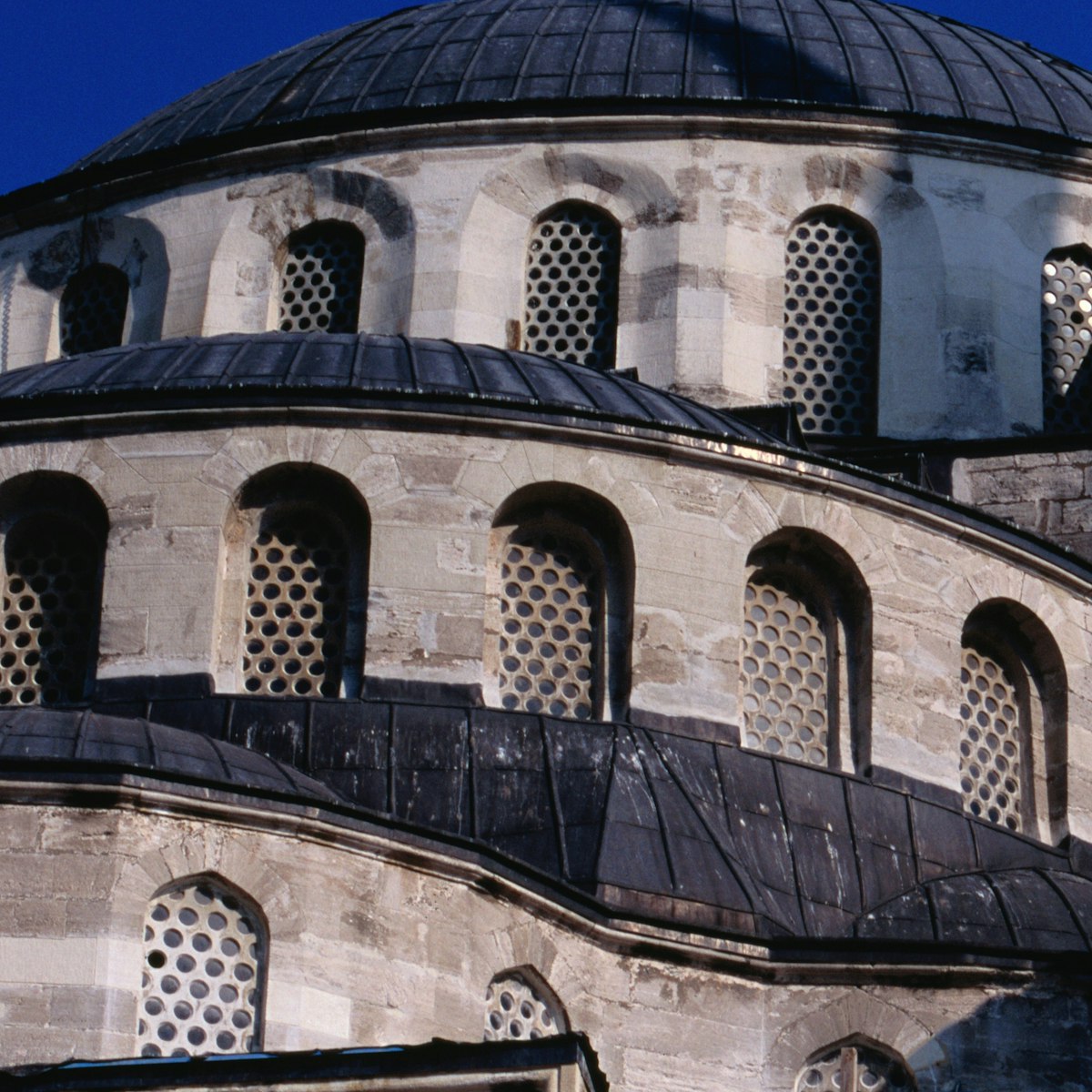The Byzantine emperors loved nothing more than an afternoon at the chariot races, and this rectangular arena alongside Sultanahmet Park was their venue of choice. In its heyday, it was decorated by obelisks and statues, some of which remain in place today. Re-landscaped in more recent years, it is one of the city's most popular meeting places and promenades.
Originally the arena consisted of two levels of galleries, a central spine, starting boxes and the semicircular southern end known as the Sphendone, parts of which still stand. The galleries that once topped this stone structure were damaged during the Fourth Crusade and ended up being totally dismantled in the Ottoman period; many of the original columns were used in the construction of the Süleymaniye Mosque.
The Hippodrome was the centre of Byzantium's life for 1000 years and of Ottoman life for another 400 years, and has been the scene of countless political dramas. In Byzantine times, the rival chariot teams of 'Greens' and 'Blues' had separate sectarian connections. Support for a team was akin to membership of a political party, and a team victory had important effects on policy. Occasionally, Greens and Blues joined forces against the emperor, as was the case in AD 532 when a chariot race was disturbed by protests against Justinian's high tax regime. This escalated into the Nika riots (so called after the protesters' cry of Nika!, or Victory!), which led to tens of thousands of protesters being massacred in the Hippodrome by imperial forces. Not surprisingly, chariot races were banned for some time afterwards.
Ottoman sultans also kept an eye on activities in the Hippodrome. If things were going badly in the empire, a surly crowd gathering here could signal the start of a disturbance, then a riot, then a revolution. In 1826 the slaughter of the corrupt janissary corps (the sultan's personal bodyguards) was carried out here by the reformer Sultan Mahmut II. In 1909 there were riots here that caused the downfall of Abdül Hamit II.
Despite the ever-present threat of the Hippodrome being the scene of their downfall, emperors and sultans sought to outdo one another in beautifying it, and adorned the centre with statues from the far reaches of the empire. Unfortunately, many priceless statues carved by ancient masters have disappeared from their original homes here. Chief among those responsible for such thefts were the soldiers of the Fourth Crusade, who invaded Constantinople, a Christian ally city, in 1204.
Near the northern end of the Hippodrome, the little gazebo with beautiful stonework is known as Kaiser Wilhelm's Fountain. The German emperor paid a state visit to Sultan Abdül Hamit II in 1898, and presented this fountain to the sultan and his people as a token of friendship in 1901. The monograms on the dome's interior feature Abdül Hamit's tuğra (calligraphic signature) and the first letter of Wilhelm's name, representing their political union.
The immaculately preserved pink granite Obelisk of Theodosius in the centre was carved in Egypt during the reign of Thutmose III (r 1549–1503 BC) and erected in the Amon-Re temple at Karnak. Theodosius the Great (r 379–95) had it brought from Egypt to Constantinople in AD 390. On the marble podium below the obelisk, look for the carvings of Theodosius, his wife, his sons, state officials and bodyguards watching the chariot-race action from the kathisma (imperial box).
South of the obelisk is a strange column coming up out of a hole in the ground. Known as the Spiral Column, it was once much taller and was topped by three serpents' heads. Originally cast to commemorate a victory of the Hellenic confederation over the Persians in the battle of Plataea, it stood in front of the Temple of Apollo at Delphi (Greece) from 478 BC until Constantine the Great had it brought to his new capital city around AD 330. Though badly damaged in Byzantine times, the serpents' heads survived until the early 18th century. Now all that remains of them is one upper jaw, which was discovered in a basement of Aya Sofya and is housed in the İstanbul Archaeology Museums.
After sacking Aya Sofya in 1204, the soldiers of the Fourth Crusade tore all the plates from the Rough-Stone Obelisk, at the Hippodrome's southern end, in the mistaken belief that they were solid gold (in fact, they were gold-covered bronze). The Crusaders also stole the famous Triumphal Quadriga (team of four horses cast in bronze) and placed it atop the main door of Venice's Basilica di San Marco; replicas are now located there, as the originals were moved into the basilica for safekeeping.
